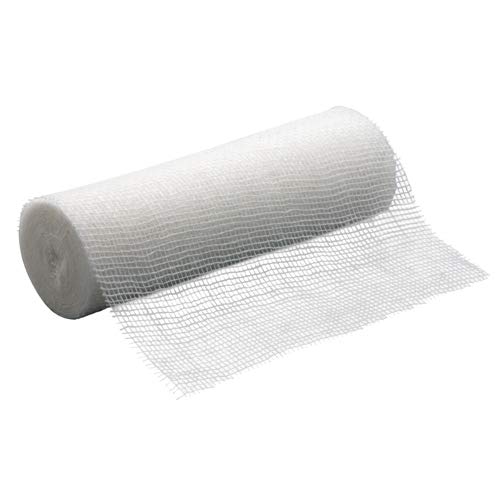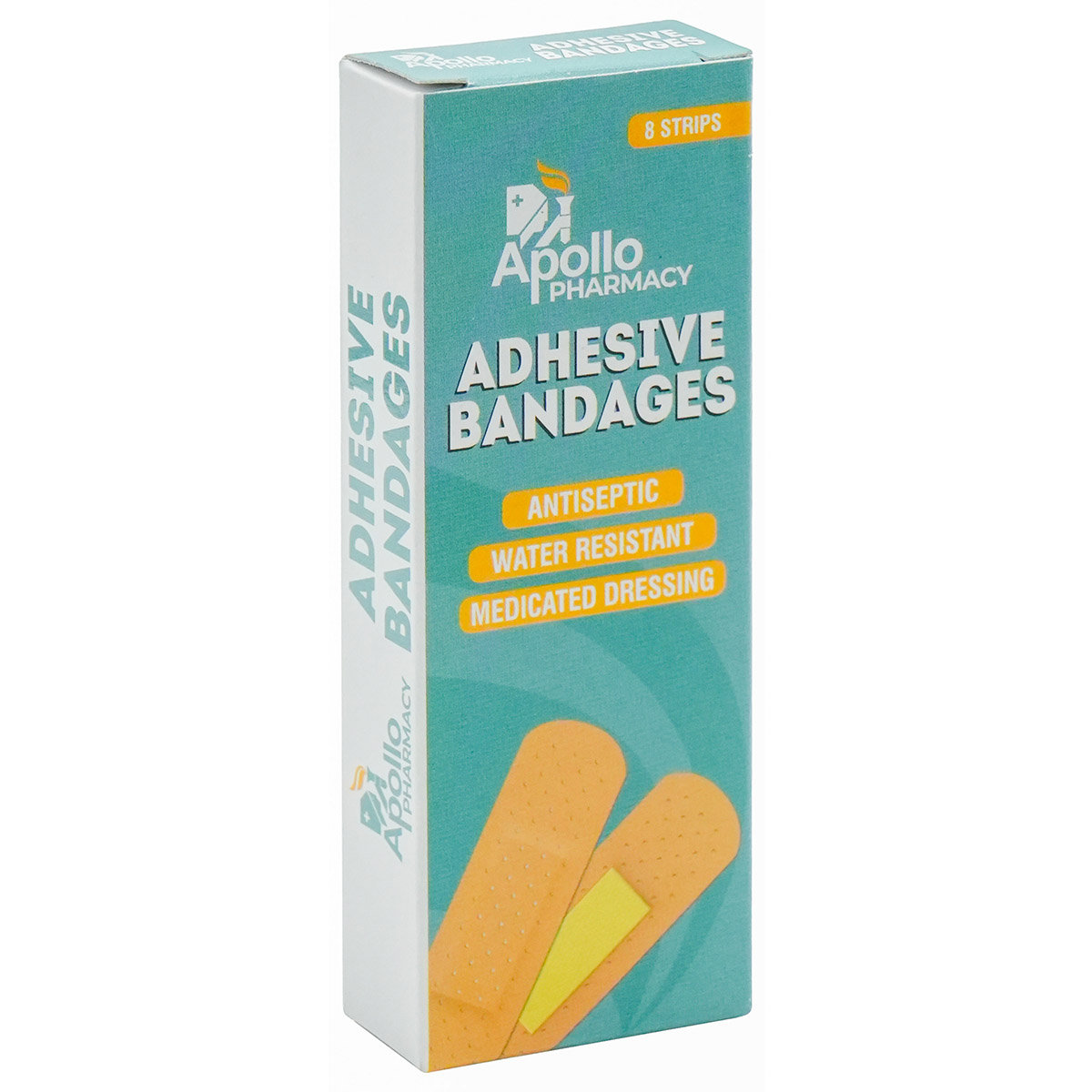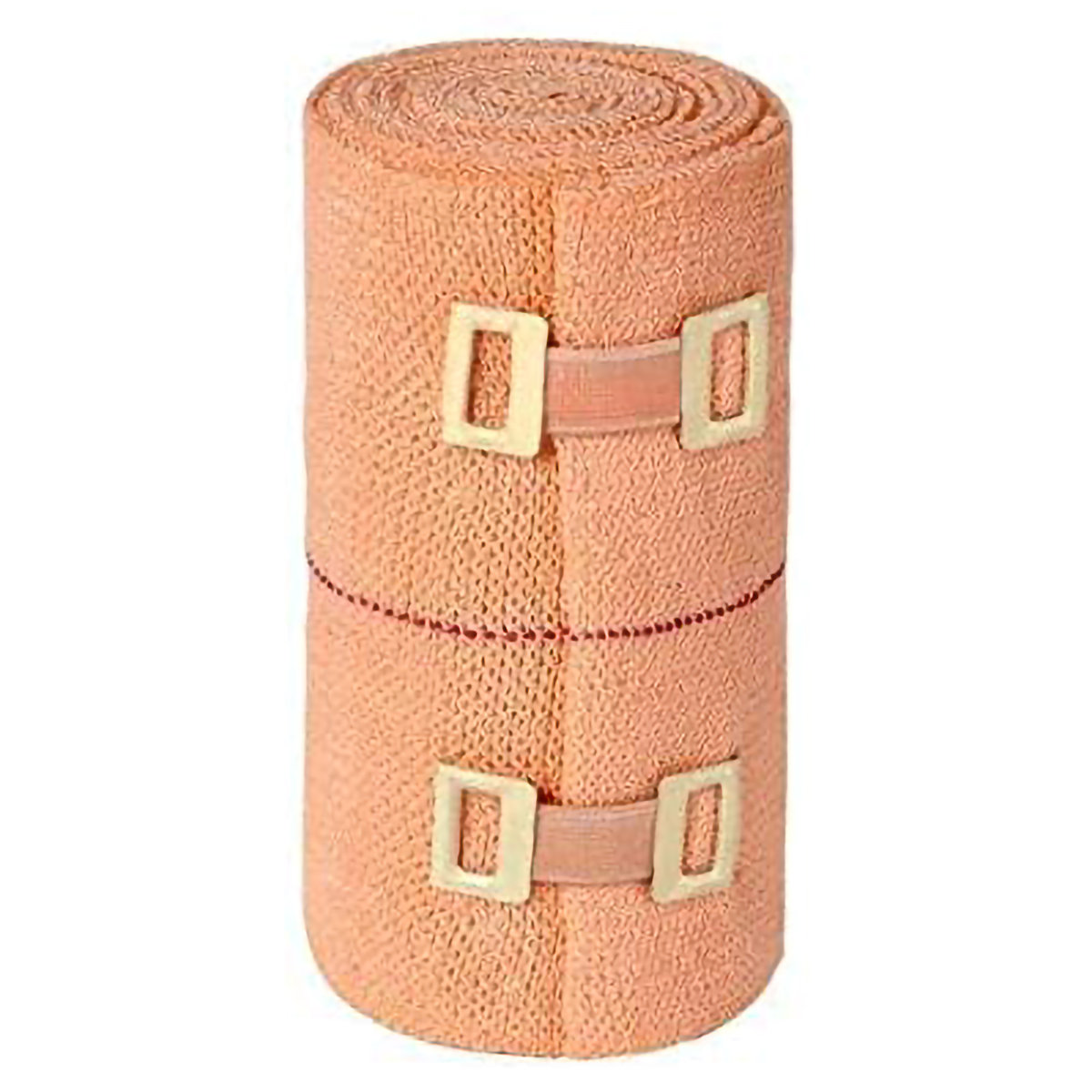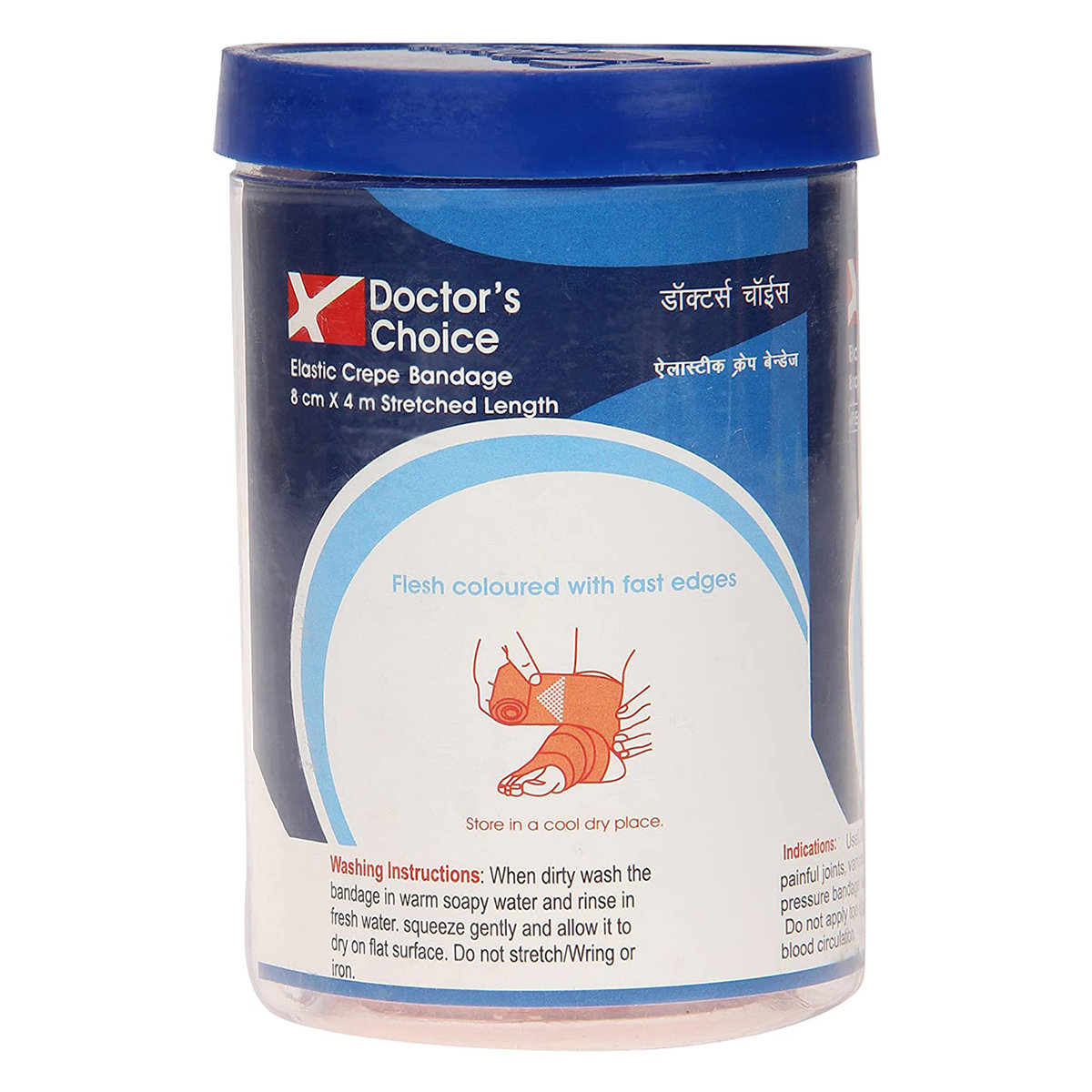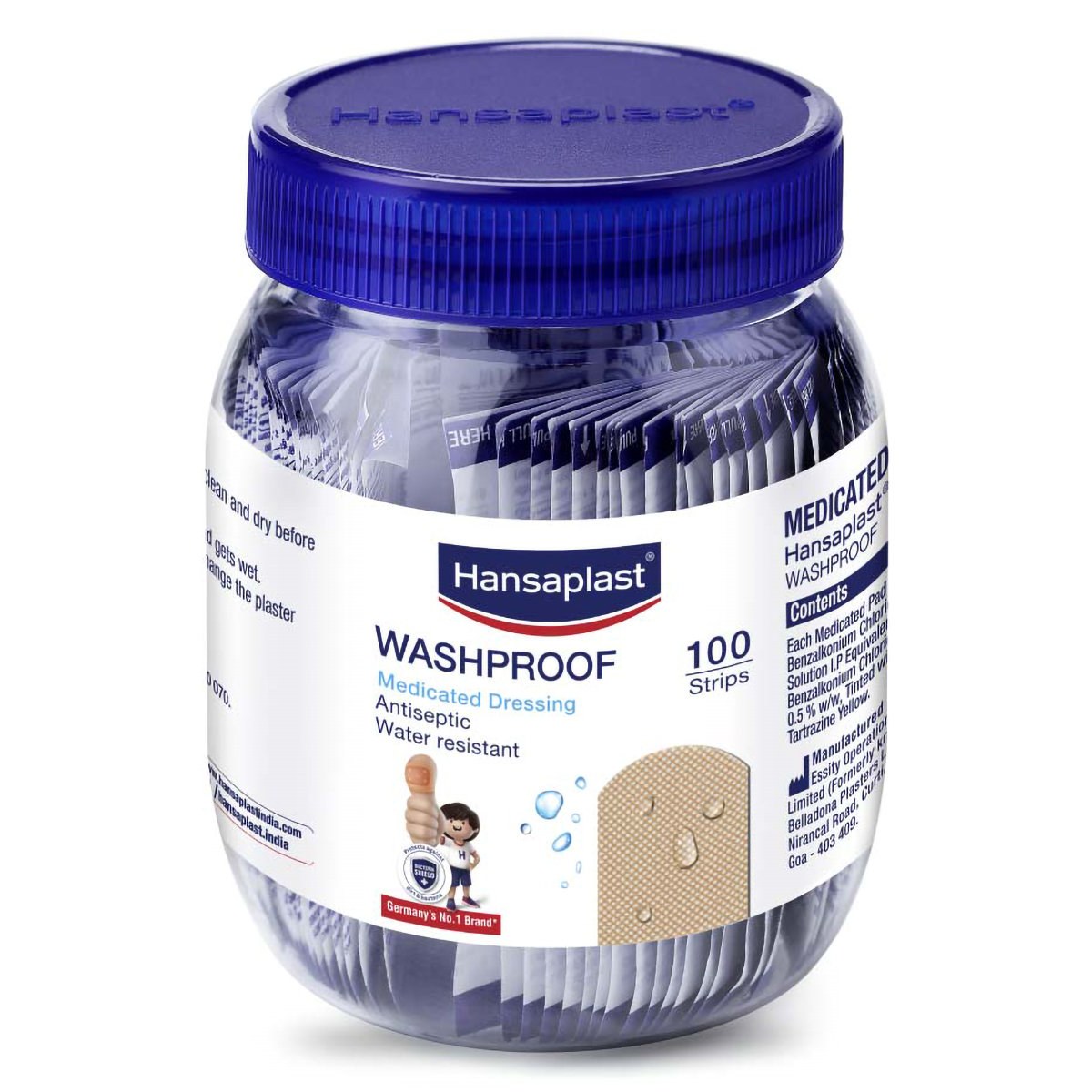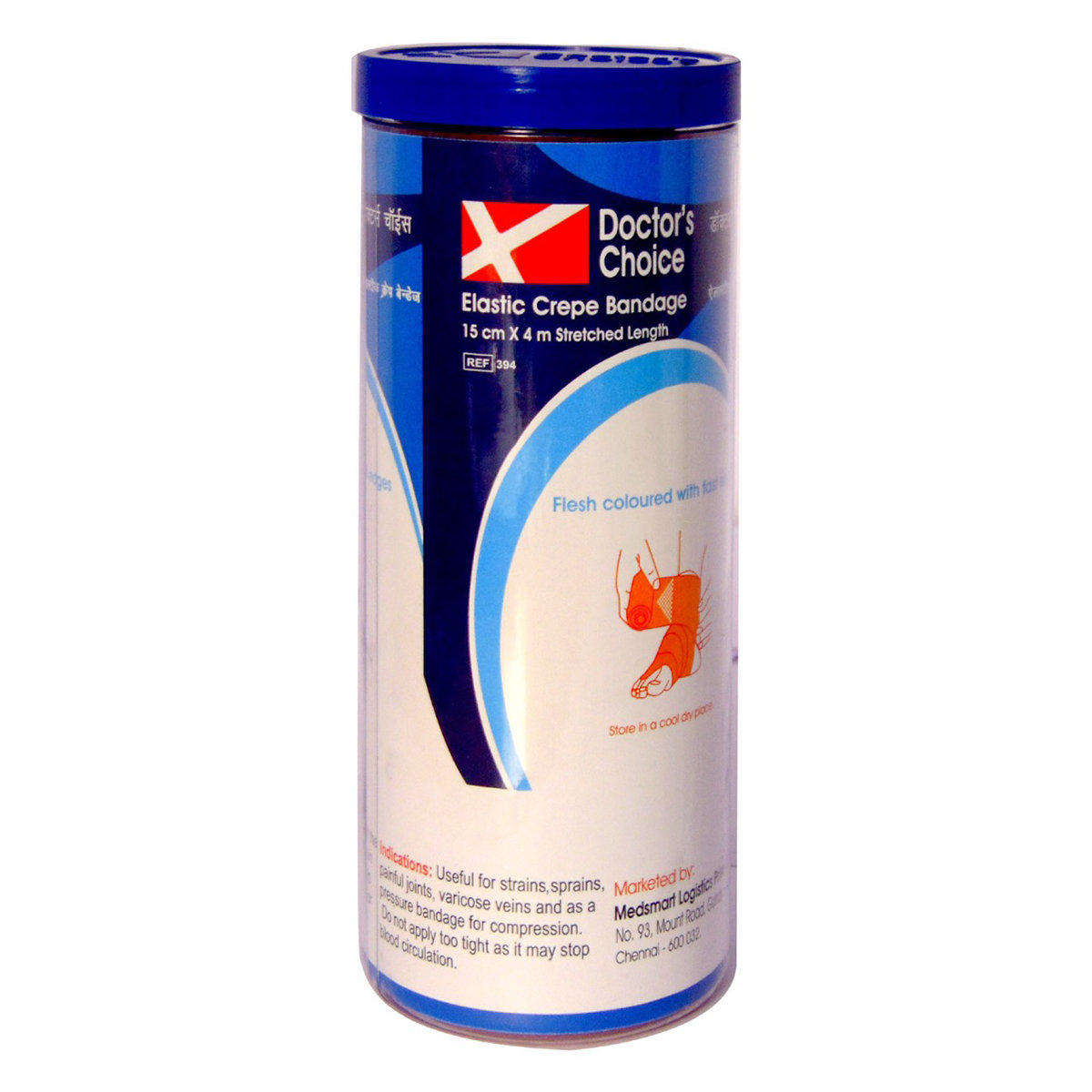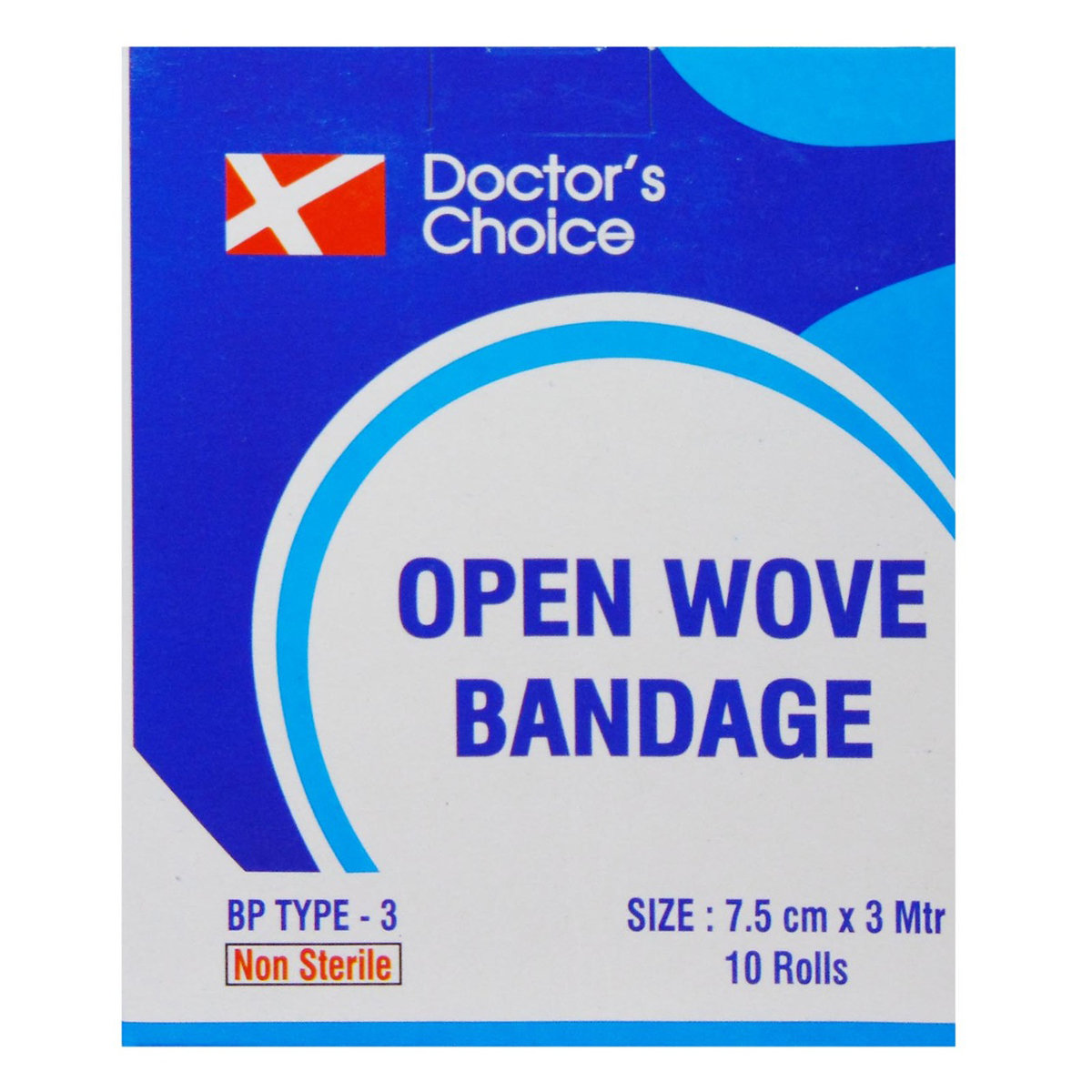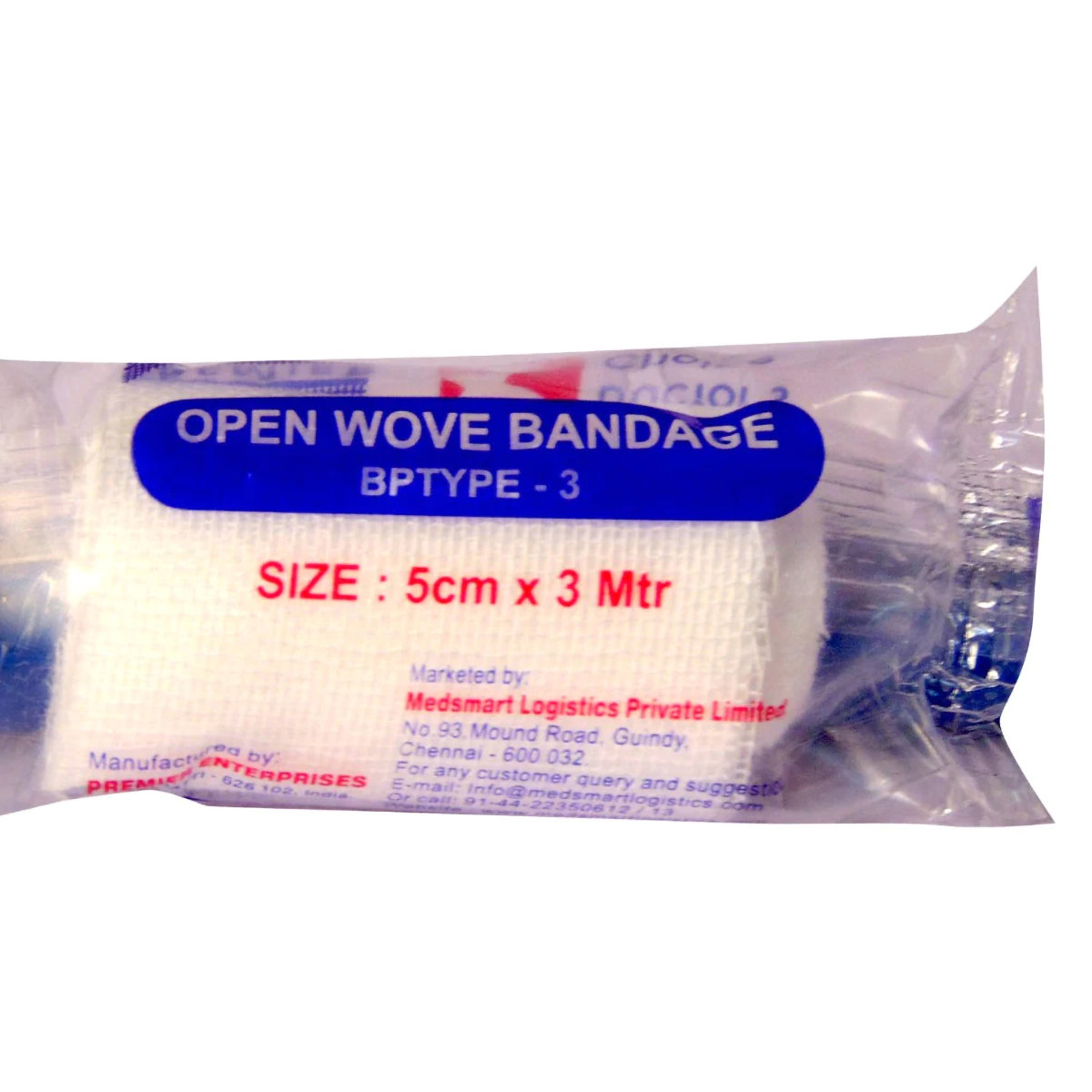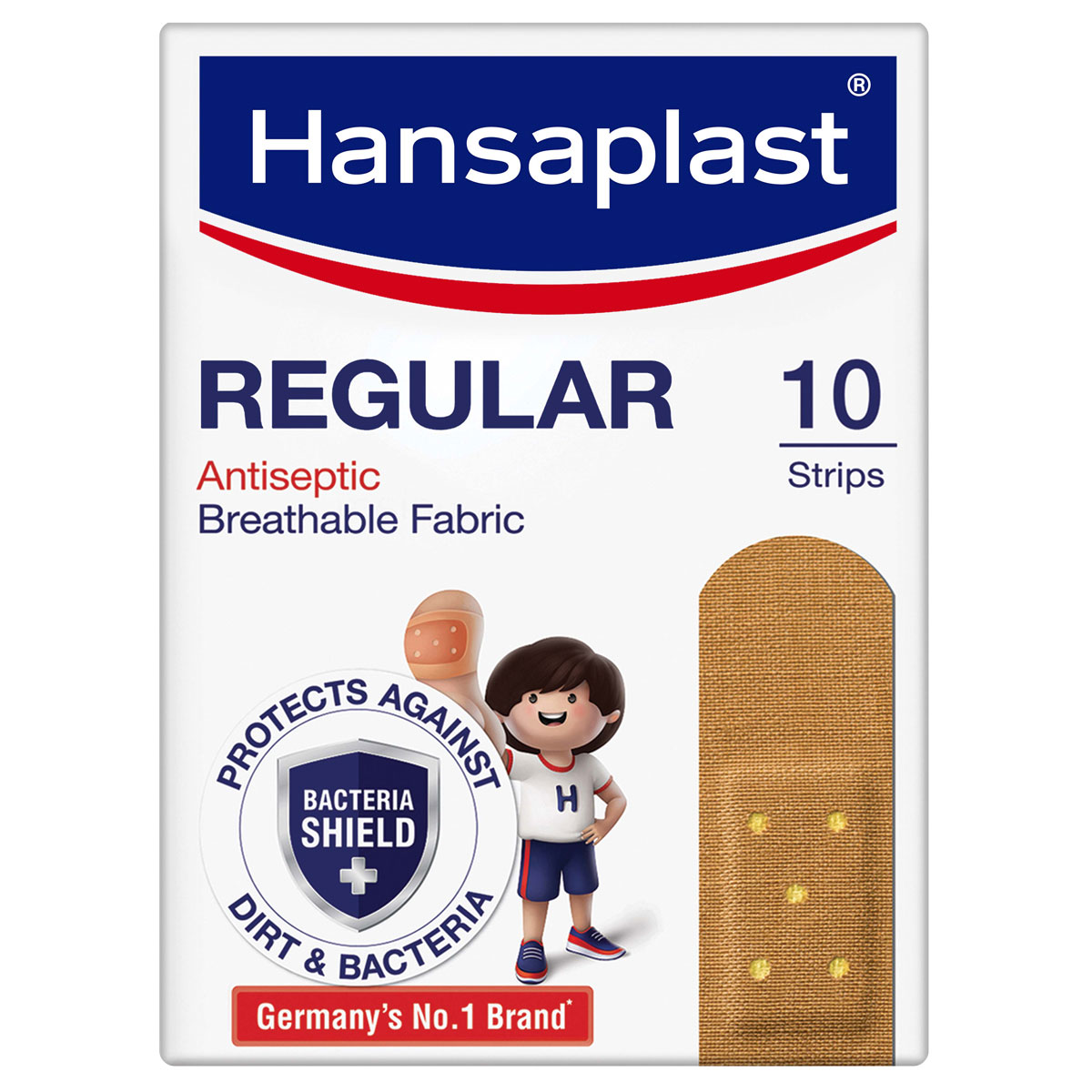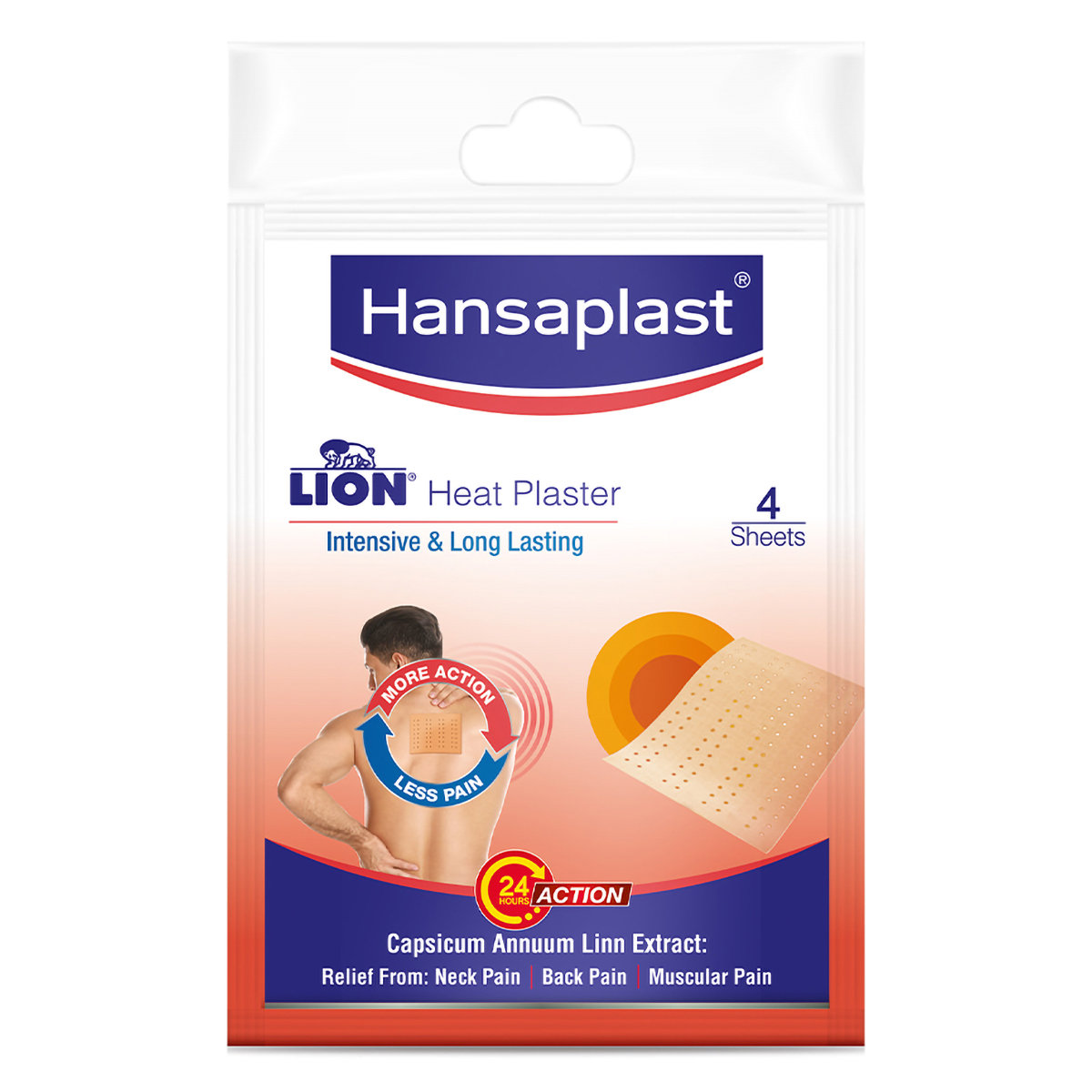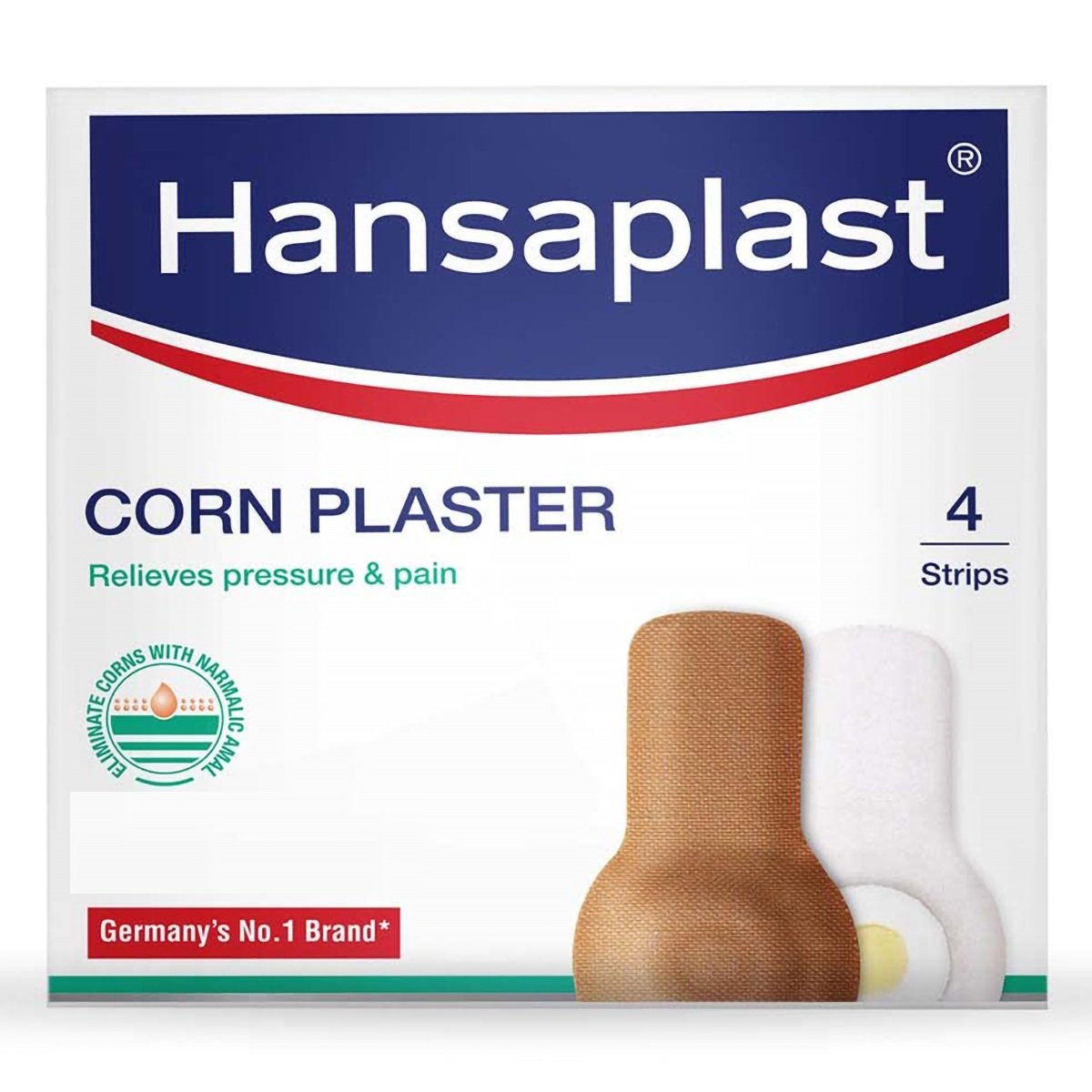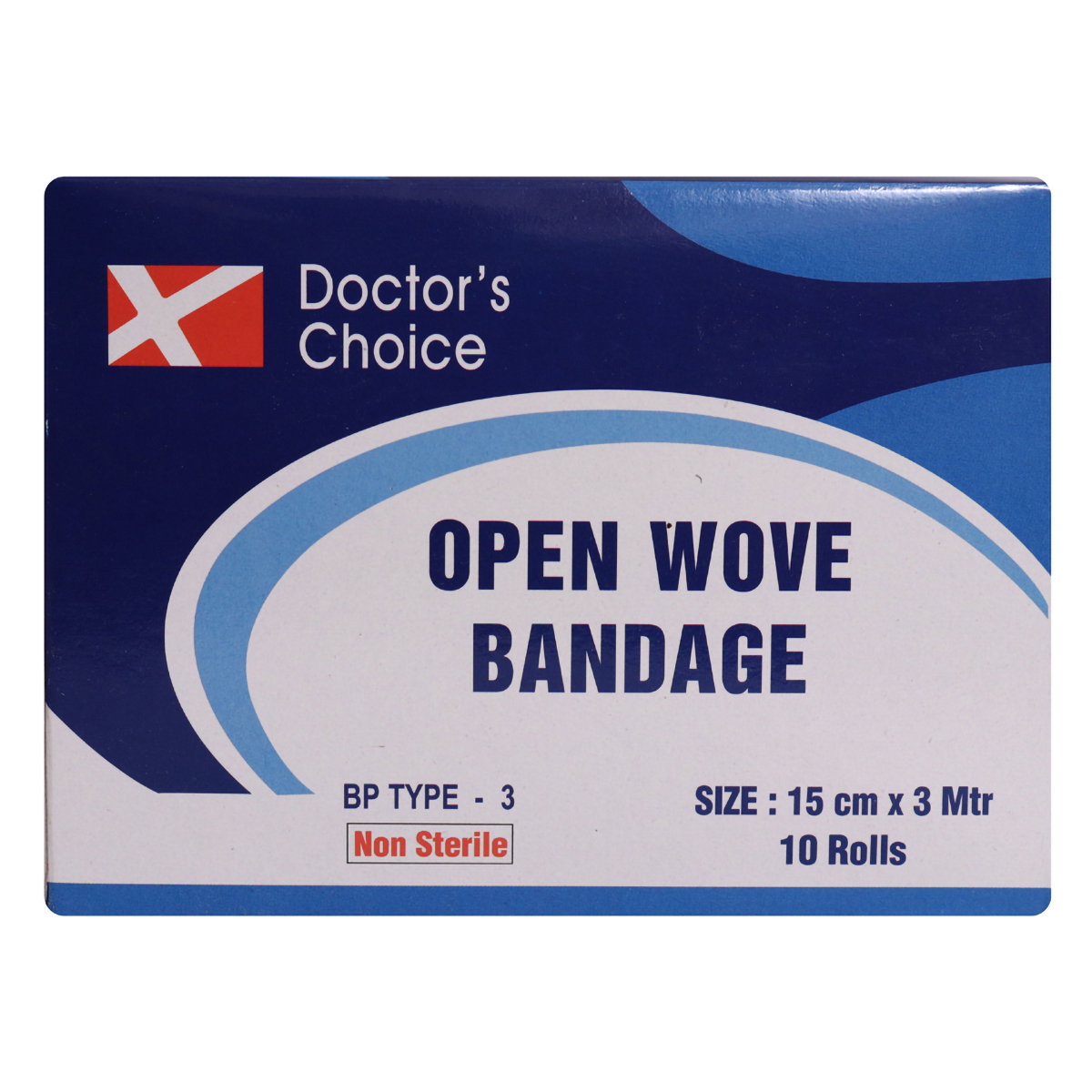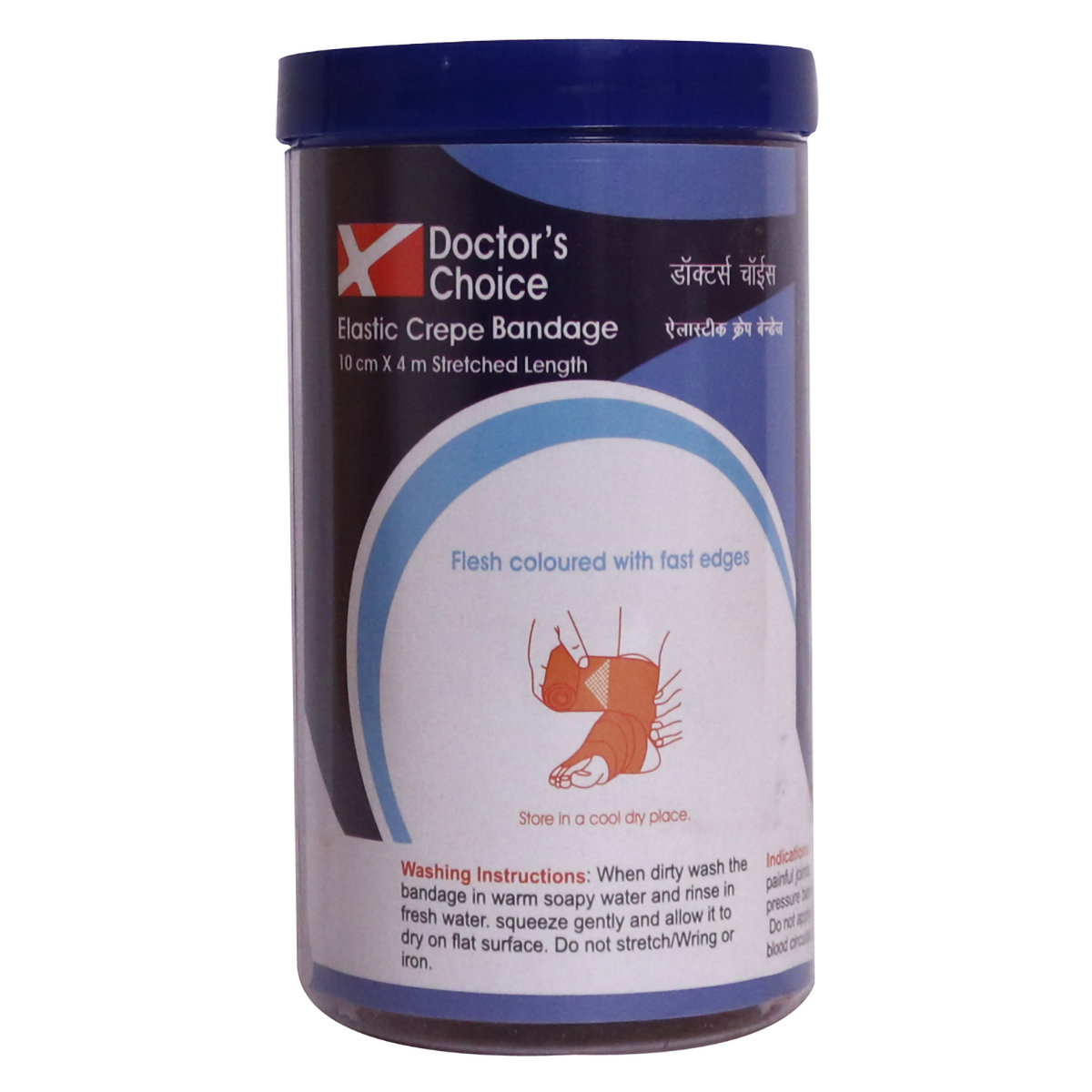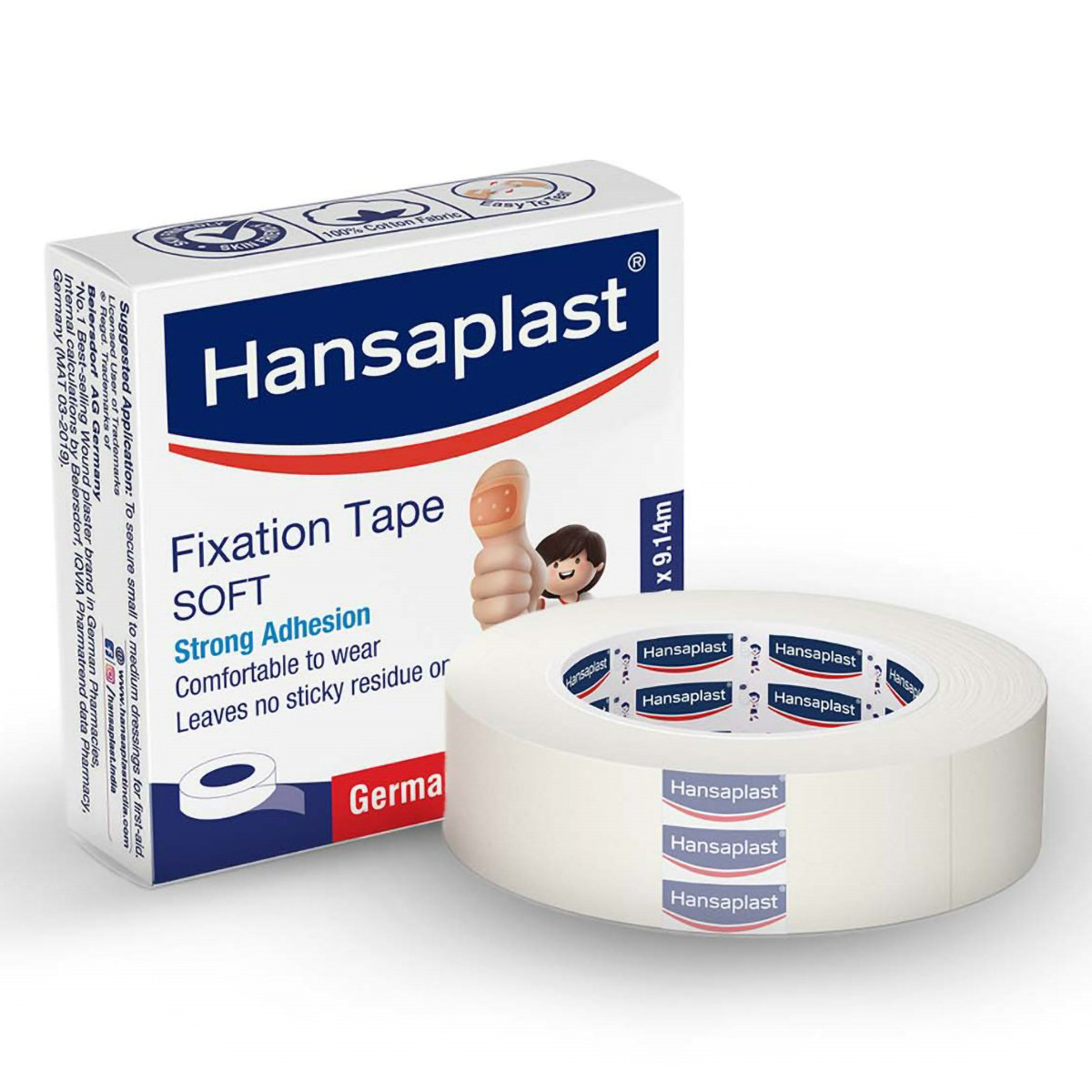- Home
- Health Condition
- Wound Care
Bandages
Bandages
- Total Items (30)
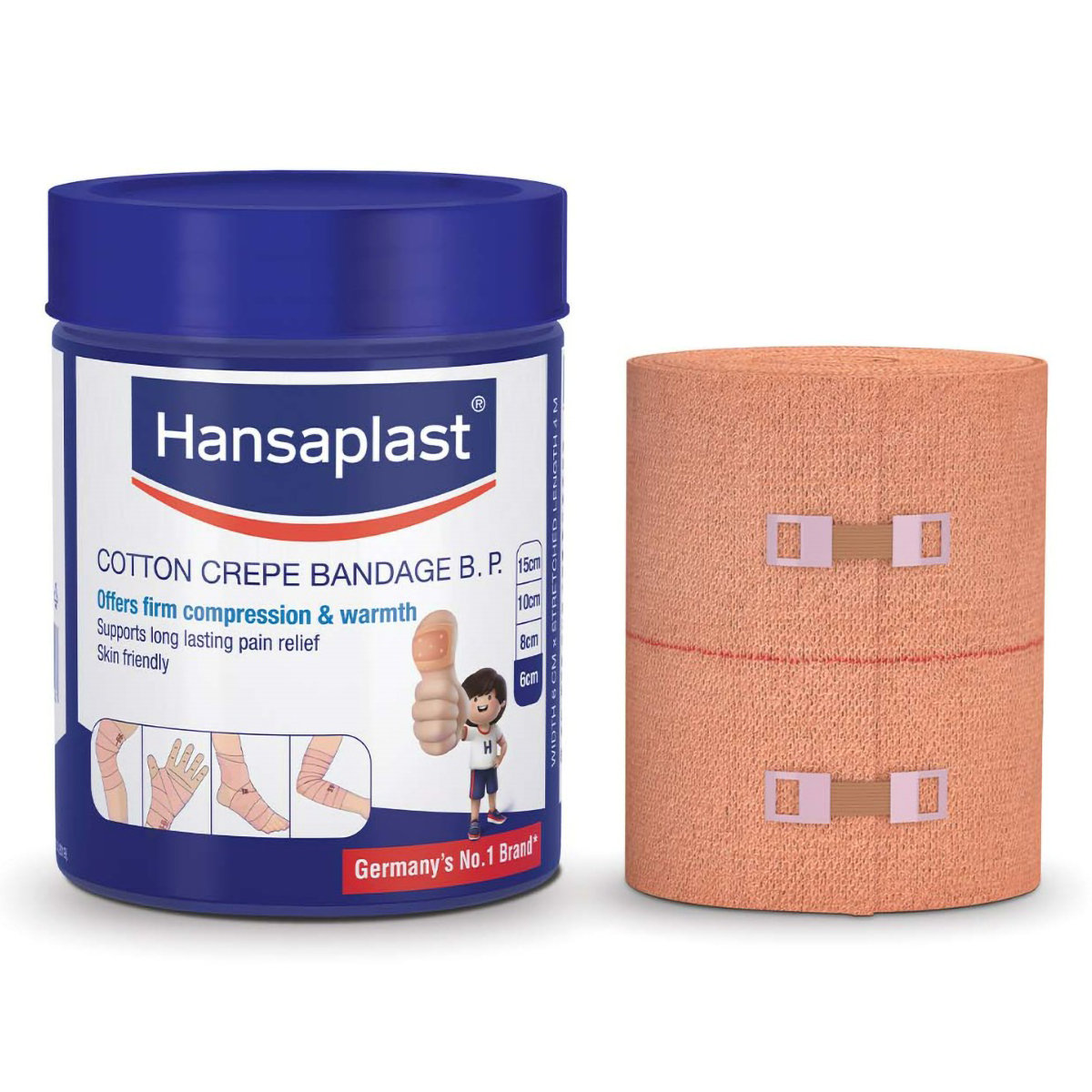
Hansaplast Cotton Crepe Bandage B.P. 6 cm x 4 m, 1 Count
₹151.80
MRP ₹226.50
33% off
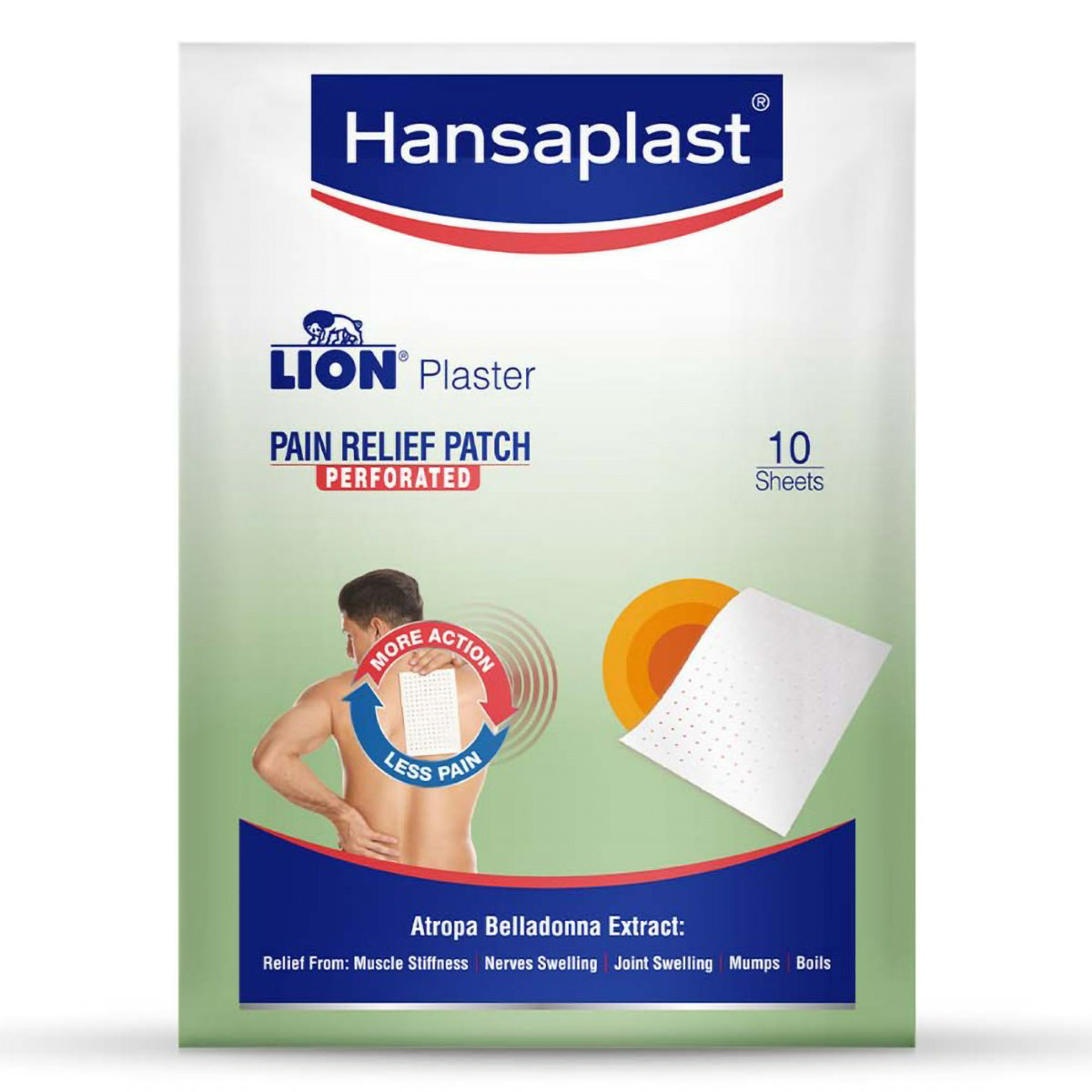
Hansaplast Lion Atropa Belladonna Plaster Sheets, 10 Count
₹154.50
MRP ₹206
25% off
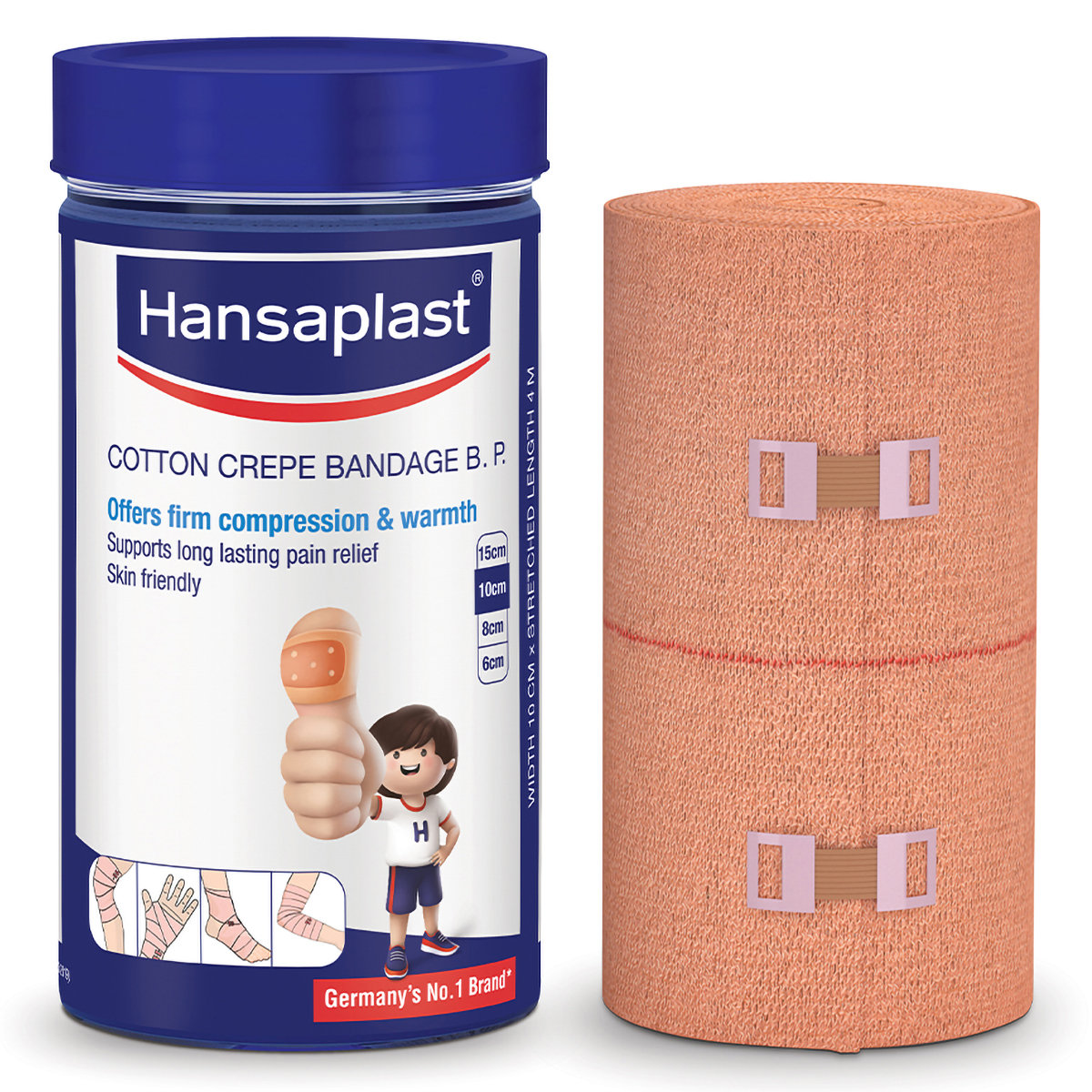
Hansaplast Cotton Crepe Bandage B.P. 10 cm x 4 m, 1 Count
₹237.60
MRP ₹330
28% off
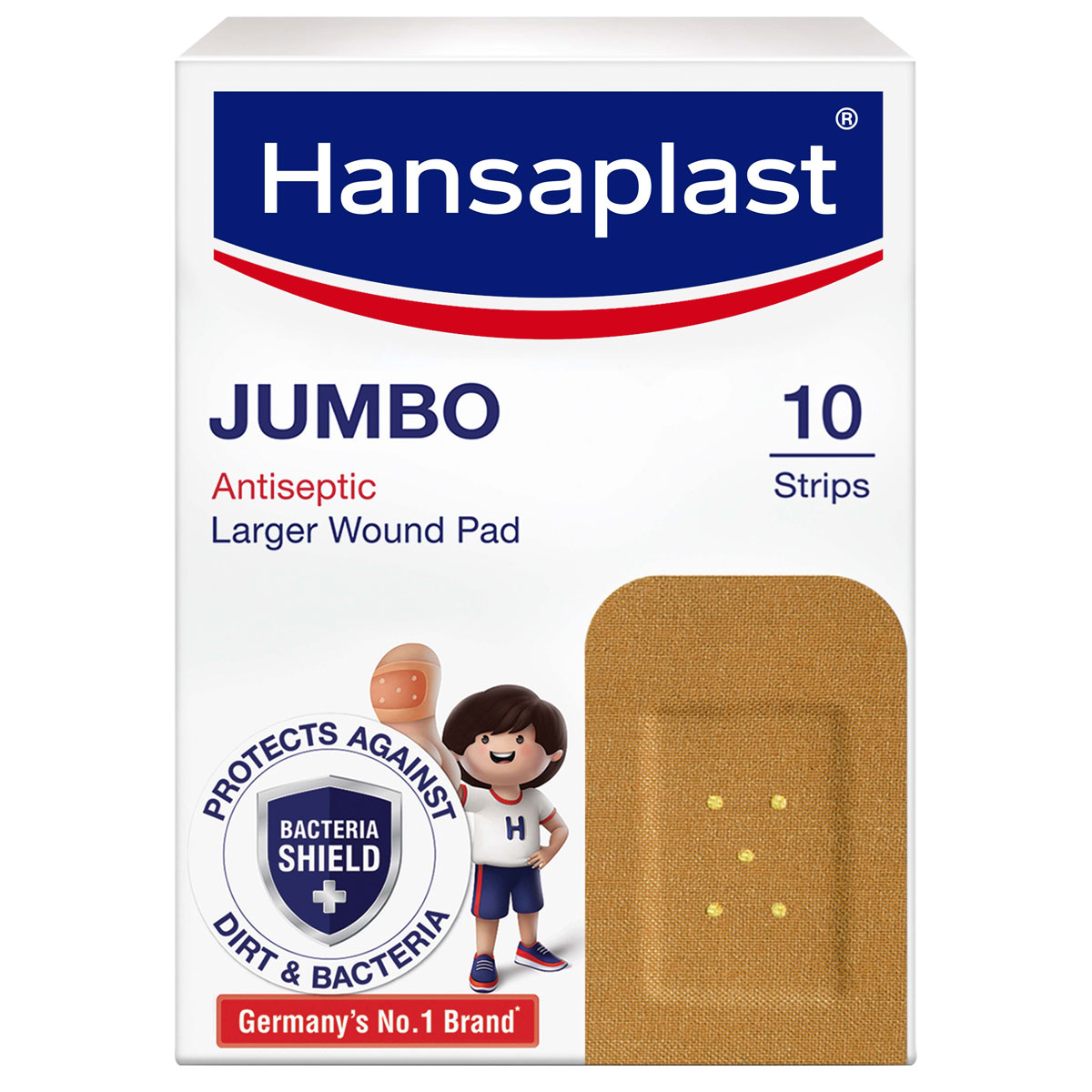
Hansaplast Jumbo Larger Wound Pad Strips 72mm x 40mm, 10 Count
₹84.20
MRP ₹93.50
10% off
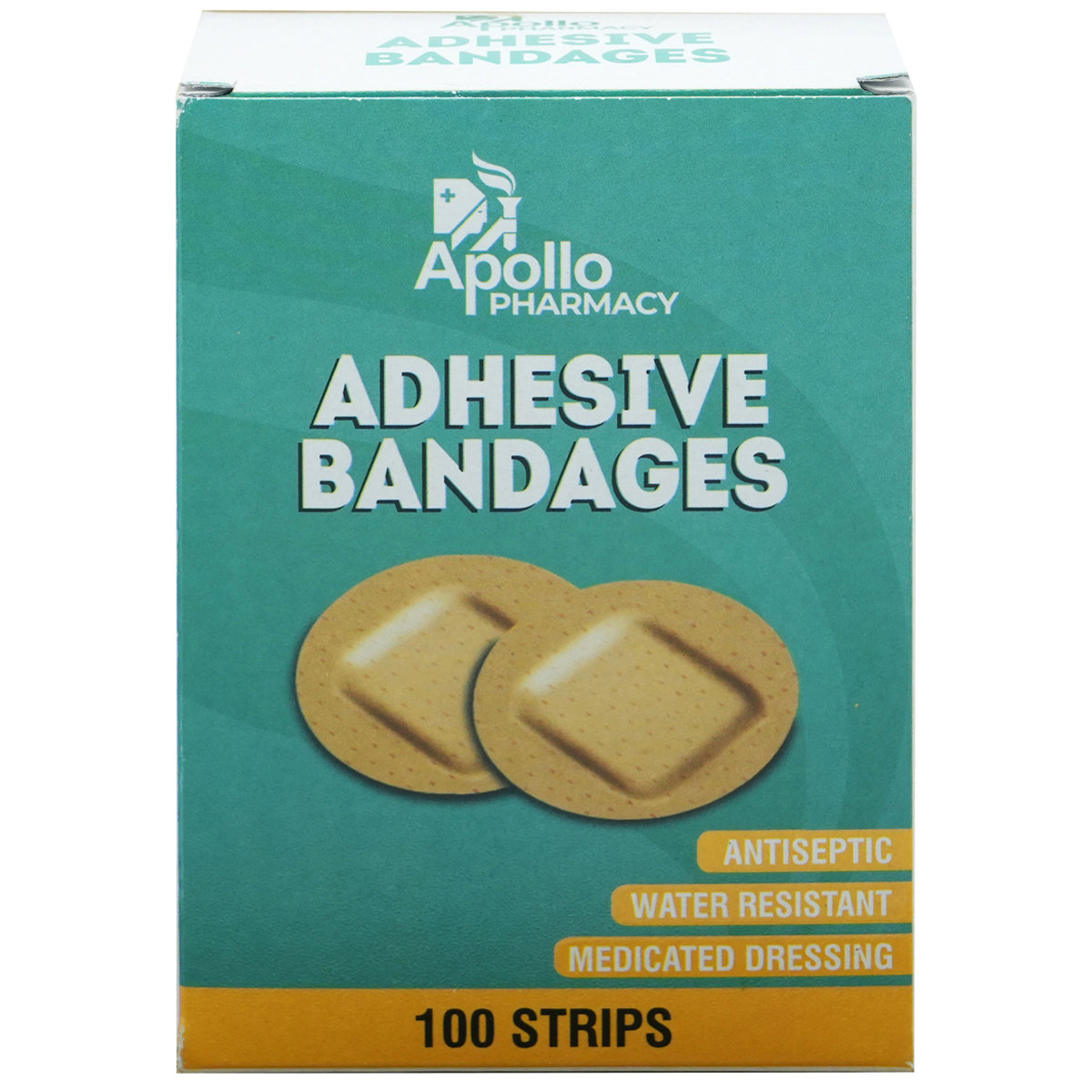
Apollo Pharmacy Adhesive Bandages, 100 Count
₹210.60
MRP ₹234
10% off
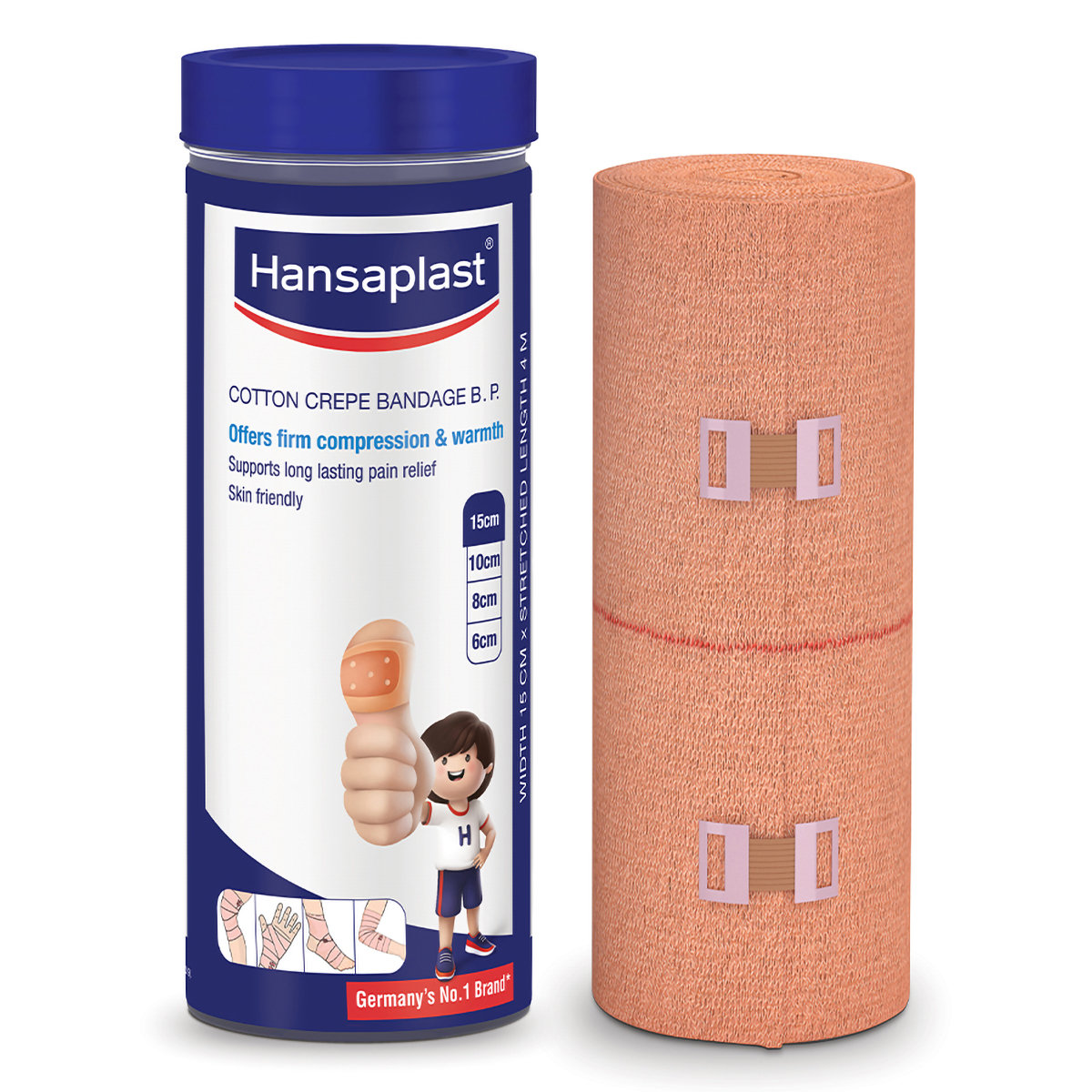
Hansaplast Cotton Crepe Bandage B.P. 15 cm x 4 m, 1 Count
₹280.50
MRP ₹412.50
32% off

Apollo Pharmacy Adhesive Round Bandage Wash Proof, 1 Count
₹1.50
Minimum Order Qty: 10

Hansaplast Cotton Crepe Bandage B.P. 8 cm x 4 m, 1 Count
₹205.70
MRP ₹278
26% off
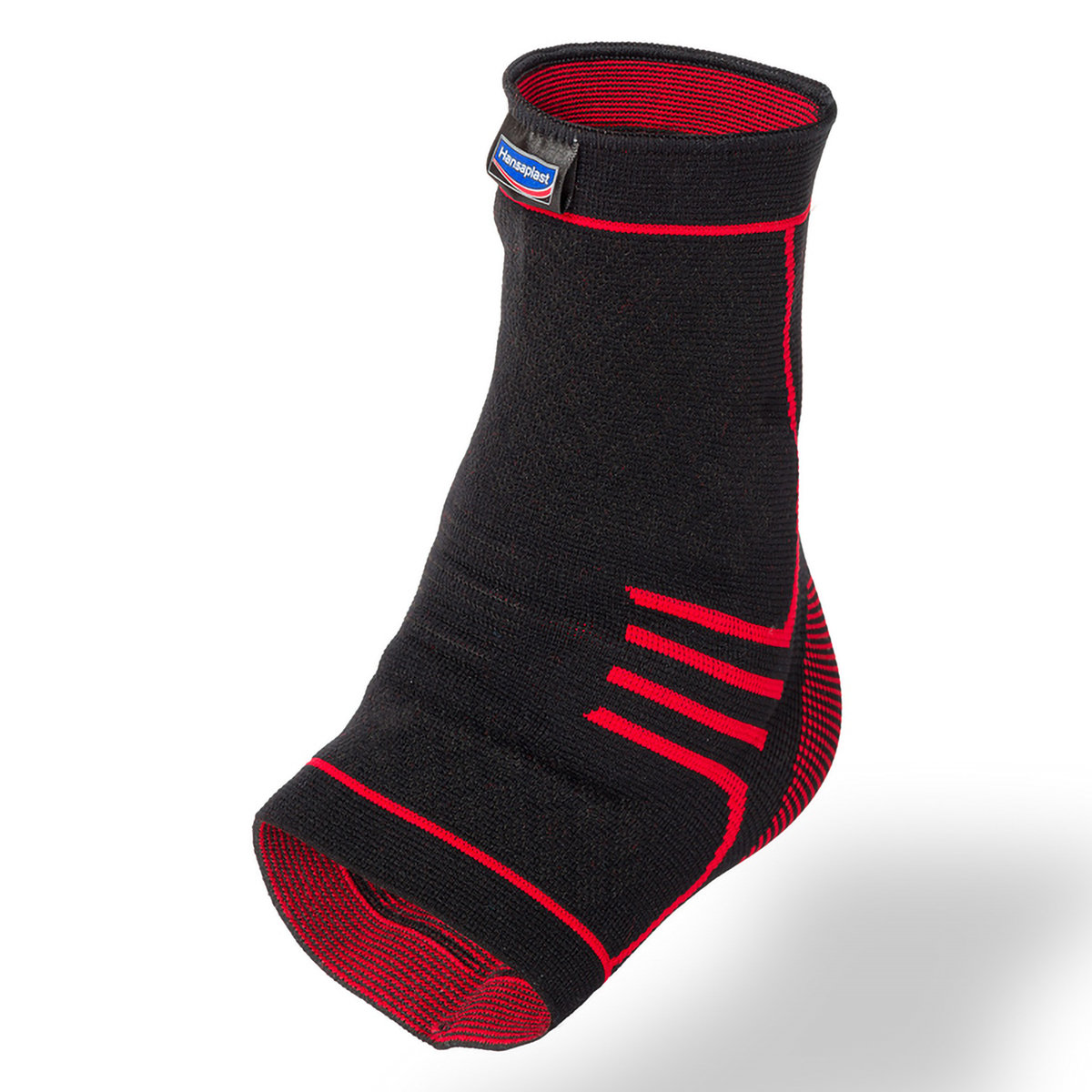
Hansaplast Sport Ankle Brace Medium, 1 Pair
₹797.30
MRP ₹1265.50
37% off
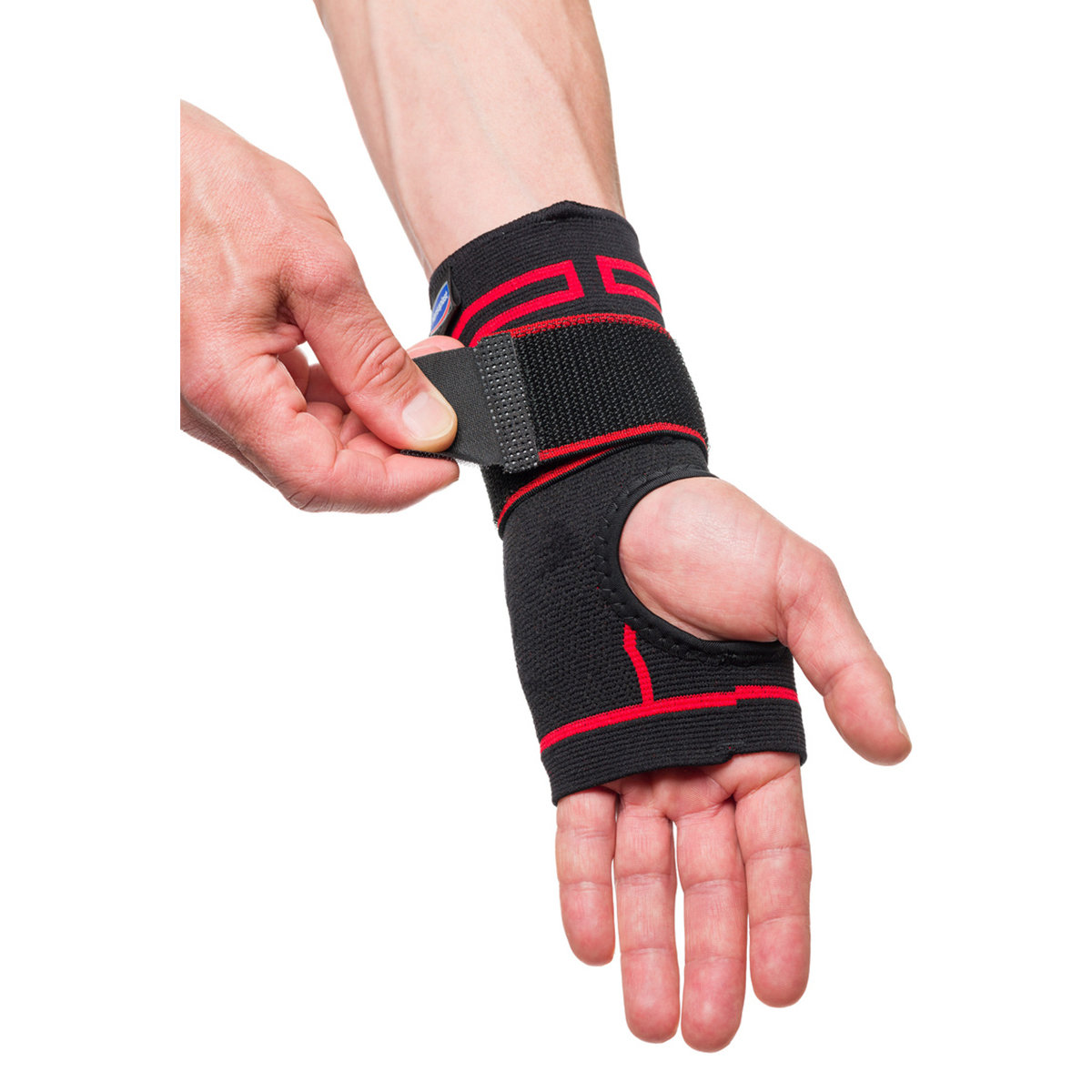
Hansaplast Sport Wrist Brace for Right/Left Wrists Medium, 1 Count
₹843.60
MRP ₹1406
40% off
Buy the Best Bandages from Apollo Pharmacy
Amid our busy lives, minor cuts, abrasions, and scrapes may not seem like a major catastrophe, but they still require immediate attention. Tending to open wounds requires a proper first aid kit stocked with bandages.
Bandages come in handy when you get minor injuries at home or work and cannot risk infection. These minor injuries usually require an adhesive bandage, a bit of tape and gauze. There is a wide variety of bandages that are appropriate for different kinds of wounds, so make sure you have the right one. Apollo Pharmacy allows you to check out the broad range of bandages and order them from the comfort of your home!
Different Kinds of Bandages
Different kinds of wounds require different types of medical attention and bandages. So, it is always a good idea to be well-versed with the variety of bandages available to make the right choice. These are:
- Roller Bandage: Roller bandages essentially secure the gauze dressing in its place. They are usually of three kinds. The first kind is made with open-weave material that ensures proper ventilation and does not put pressure on the joints or the wound. The second kind is an elasticated bandage which moulds as per the person’s body and is best for sprain injuries. The third kind, crepe bandages, provides firm support to wounded joints.
- Adhesive bandages: These are small dressings, also known as band-aids. They protect open scabs and wounds from bacteria, friction, dirt and damage, ensuring the healing process is more secure. Some of them also offer antibacterial and antiseptic properties.
- Brace bandage: Brace bandages are made of flexible material designed to improve performance during training, race tracks or other sports. They offer support without limiting any motion.
- Gauze bandage: Gauze is usually a pad or sponge which helps in cleaning, debriding, dressing, prepping, and packing the wounds. It is often used as a temporary absorbent.
The Right Way of Using Bandages
Regardless of what kind of bandage you use to cover your open wounds, control the bleeding or keep away the infection, it is essential to know the right way of applying the dressing!
- Clean the injury or open wound with water and mild soap.
- Apply a little antibiotic over the wound, if required.
- Put a clean dressing to cover the wound properly.
- Use a gauze dressing that allows air to pass through to ensure a fast-healing process.
- If there is too much blood and it soaks through the dressing, use another one.
- Wrap a cloth strip or roller bandage around the dressing and extend it over an inch on both sides.
- Secure it properly but not too tightly.
- Use tape to tie it in place.
- Check the skin around the dressing. If it is pale or blue, it is time to loosen the bandage.
Frequently asked questions
Getting the proper bandage is one thing, but knowing how to apply it is entirely different. Follow these four thumb rules to ensure proper bandaging and dressing:
Clean the wound and dress it properly.
Cover the bandage from all sides.
Secure it with tape so it is not tight or loose.
Ensure your blood circulation is proper.
Bandages do expire with time. An expired bandage is not safe for you as it deteriorates in quality and loses its sterility. So, check the expiry date before applying any bandage on your wound.
Ensuring your bandage is firmly tied and taped around the dressing is essential. A loose bandage may not provide any help or support. Make sure the bandage is not tightly secured. If it feels too tight or seems like it is restricting your blood flow, you should loosen it. You can check for the same by pressing your fingernail against your skin and watching if it goes pale or not.
An adhesive band-aid can stick against your skin and cause a little pain when you take it off. To prevent that, use a cotton ball or swab soaked in baby oil, olive oil, baby shampoo or petroleum jelly. Rub it over the band-aid until it begins to peel off on its own.

